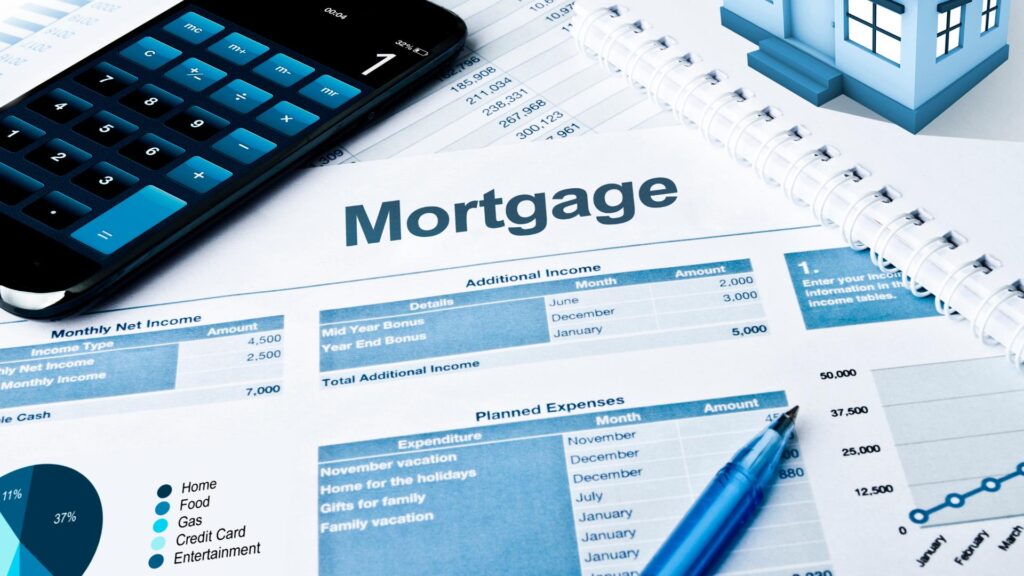Purchase
What is a mortgage?
A mortgage is a type of loan specifically designed to help individuals purchase a home or property. When you take out a mortgage, you’re essentially borrowing money from a lender—typically a bank, credit union, or mortgage company—to finance the cost of the property. Instead of paying the full price of the home upfront, the mortgage allows you to spread the cost over an extended period, usually 15 to 30 years. This makes homeownership more accessible by breaking down the payment into manageable monthly installments. These payments include both the principal (the amount borrowed) and interest (the cost of borrowing the money).


How Does a Mortgage Work?
When you secure a mortgage, the property you’re buying serves as collateral for the loan. This means that if you fail to make your monthly payments, the lender has the legal right to take possession of the property through a process called foreclosure. To start the process, you’ll typically need a down payment, which is a percentage of the home’s purchase price paid upfront. The size of your down payment can influence the terms of your mortgage, such as the interest rate and monthly payment amount. The remaining balance is paid off over time, ensuring a clear path to eventual homeownership.
Why Are Mortgages Important?
Mortgages play a vital role in making homeownership achievable for millions of people. Without a mortgage, most individuals would struggle to save enough money to purchase a home outright. By allowing buyers to spread the cost over many years, mortgages not only provide financial flexibility but also open the door to long-term investment opportunities. As you make monthly payments, you build equity in your home—the portion of the property you truly own—which can be a powerful financial asset. Additionally, mortgage payments can sometimes be more affordable than paying rent, giving homeowners the added benefit of stability and potential cost savings in the long run.


How Do I Qualify for a Mortgage?
Qualifying for a mortgage involves meeting specific criteria set by lenders to assess your ability to repay the loan. Key factors include your credit score, income, debt-to-income ratio (DTI), and employment history. A higher credit score often leads to better interest rates and loan terms, while a stable income and low DTI show lenders that you can manage monthly payments. Lenders may also require proof of income through pay stubs, tax returns, or bank statements. Additionally, having a sufficient down payment—usually ranging from 3% to 20% of the home’s purchase price—is crucial.
Before applying, it’s wise to review your credit report, pay down existing debts, and save for closing costs. Some loan programs, like FHA or VA loans, offer flexible requirements and lower down payment options, making it easier for first-time buyers or those with lower credit scores to qualify. Consulting with a mortgage advisor can help you understand your options and prepare for the application process.
